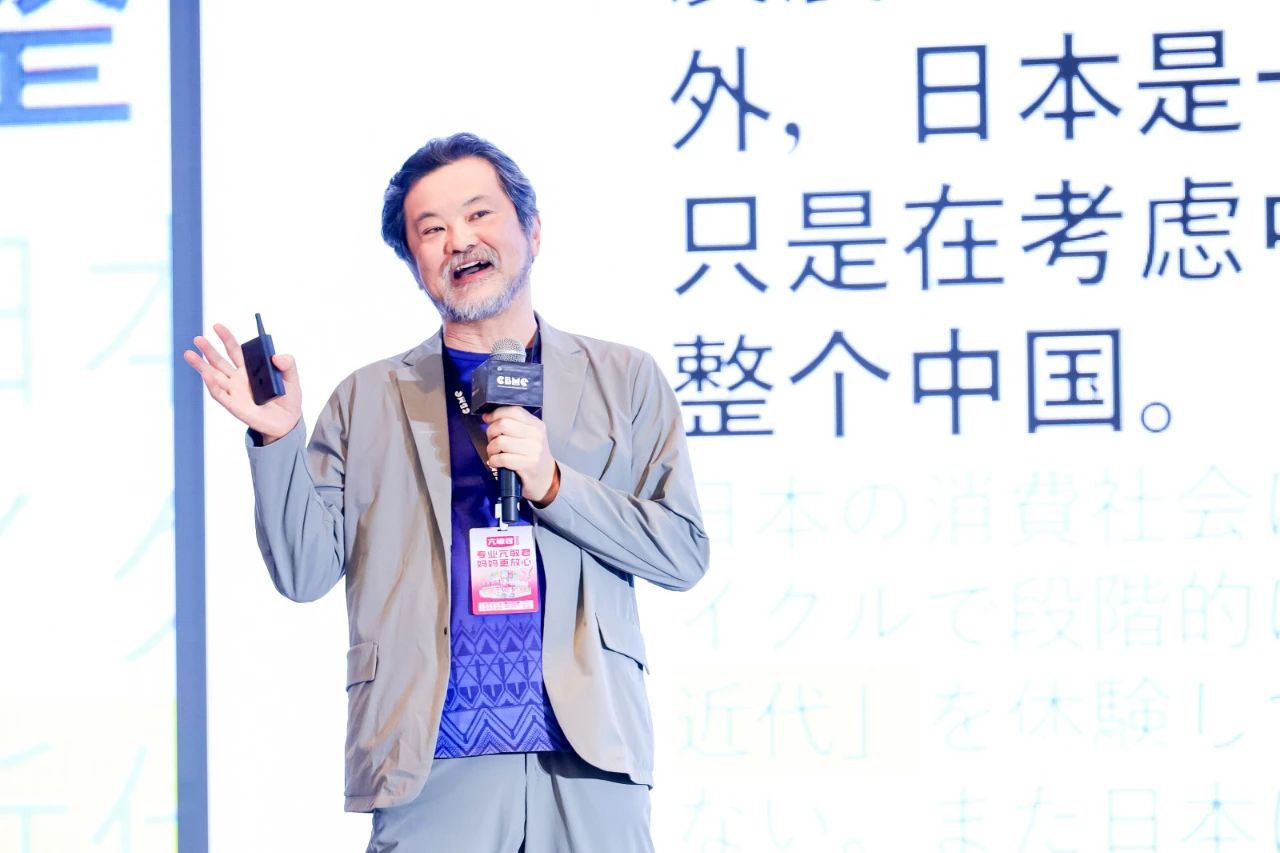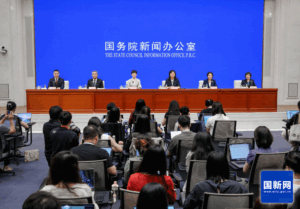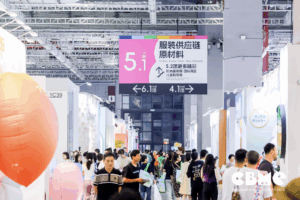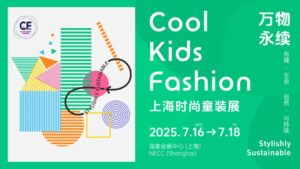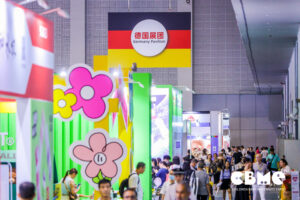In recent years, the Japanese consumer market has often served as a reference point for analyzing economic and demographic trends in China. Japan encountered early-on challenges such as economic stagnation, an aging population, and shifting consumption behavior. These experiences offer valuable insights for understanding China consumer trends today.
In 2023, renowned Japanese consumption researcher Miura Atsushi released his influential book Society of Solitude, outlining key insights into the Fifth Era of Consumption in Japan. At the 2024 CBME Maternity, Baby, and Child Industry Summit, Miura shared his perspective on the evolution of consumer behavior and what the Japanese consumer market can teach us about the future of China consumer trends.
Related Article: How to Find a Breakthrough Point in the Game of Existing Resources in 2025?
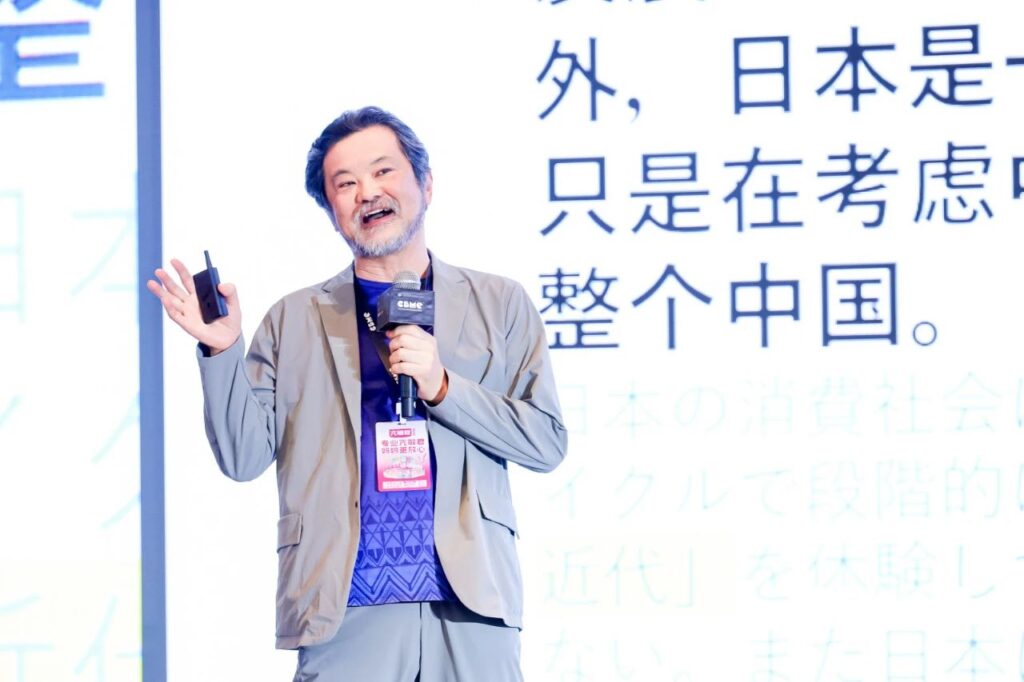
Understanding the Fourth Era of Consumption: Foundation for Modern Japanese Consumer Behavior
Throughout modern history, the Japanese consumer market has undergone significant transformation. Each consumption era—driven by social and economic shifts—has reshaped the way consumers behave.
The Fourth Era of Consumption emerged post-1998 and emphasized:
- Sharing culture and local identity
- Value placed on simplicity over luxury
- A shift from materialism to emotional satisfaction
Brands like Muji thrived in this era by aligning with evolving consumer psychology—an early signal of changes that would set the stage for the Fifth Era of Consumption.
Emotional Satisfaction and Rational Consumption in Japan
As the Japanese consumer market matured, psychological needs began to dominate purchasing motivations. By the Fourth Era of Consumption, nearly 60% of consumers valued emotional fulfillment over material goods.
This trend reflects Max Weber’s distinction between instrumental rationality and value rationality—a framework now essential in decoding China consumer trends as well. Japanese consumers increasingly gravitate toward products that express individuality, such as “cute” or sustainable items, rather than those optimized for function alone.
Related Article: 2025: Purposeful Maternity and Baby Consumption Rises
Entering the Fifth Era of Consumption: Japan’s WELL-BEING Consumer Society
Today, Japan is entering the Fifth Era of Consumption, characterized by the pursuit of “WELL BEING.” This is defined by five pillars: environment, health, welfare, education, and safety. Consumers in the Japanese consumer market are now prioritizing lifestyle quality over pure product utility.
The Fifth Era of Consumption is defined by five “S” characteristics:
- Slow – Emphasizing deliberate, mindful consumption
- Small – Favoring smaller, personal experiences over mass consumption
- Soft – Seeking comfort and emotional resonance
- Sociable – Encouraging human interaction
- Sustainable – Focusing on environmental and ethical considerations
Case Study: Community Design in the Fifth Era of Consumption
A notable example of this era’s values is the WELL BEING redevelopment project in central Tokyo. Led by Dai-ichi Life Insurance, this project transformed a former sanatorium into a multifunctional space featuring:
- Student dormitories and elderly care facilities
- Parks, sports fields, and open-air malls like “Sky and Wind”
- Emphasis on intergenerational community and sustainable living
Such developments in the Japanese consumer market reflect the deep integration of Fifth Era of Consumption values—something increasingly influencing China consumer trends as well.
Related Article: 6 Trends in Light-hearted Health for the New Year
China Consumer Trends: Transitioning Toward the Fifth Era
Is China already in the Fifth Era of Consumption? Miura suggests that China consumer trends currently hover between the fourth and fifth eras. Cities like Beijing and Shanghai may lead this transition, but the broader shift is still in progress.
Key China consumer trends pointing toward this transition include:
- Aging Demographics – Echoing Japan’s earlier path, this shift will demand new product designs and services.
- Demand for Diversity – Without diversified consumption, domestic innovation and global competitiveness will stagnate.
- Spiritual Needs – As material conditions improve, more Chinese consumers seek deeper emotional and social resonance in their purchases.
Conclusion: Learning From the Japanese Consumer Market
Understanding the Japanese consumer market and its progression into the Fifth Era of Consumption provides critical context for anticipating and adapting to China consumer trends. Whether it’s emotional value, community interaction, or sustainability, these insights offer actionable direction for brands aiming to grow in a more human-centered and experience-driven economy.
As China’s consumer base matures, looking at Japan’s evolution helps decode where China may be headed next—and how businesses can prepare for this future.
The is shared by Miura Atsushi, organized by CBME Insight.
